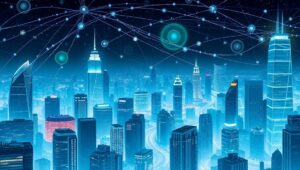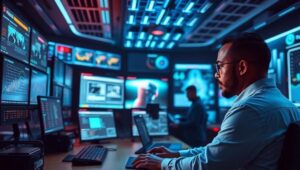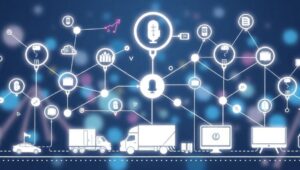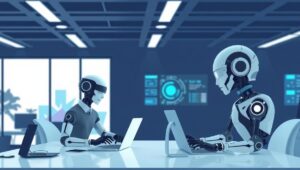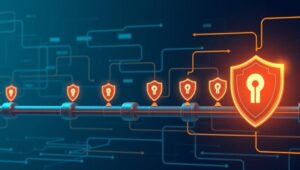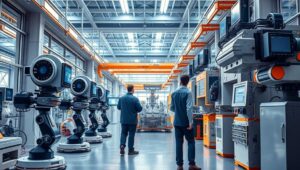June 2, 2025
IoT and the Future of Work: Augmentation and Automation (2026)
IoT and the Future of Work: Augmentation and Automation (2026) The Internet of Things (IoT) is rapidly transforming the landscape of work, promising increased efficiency, improved safety, and new opportunities for innovation. As we move into 2026, the integration of IoT devices and systems within the workplace is becoming more sophisticated, leading to significant advancements in both augmentation and automation. This article explores the key trends, benefits, and challenges of IoT in the future of work. Key Trends in IoT for the Future of Work Smart Sensors and Predictive Maintenance: IoT sensors embedded in equipment and machinery are enabling real-time


